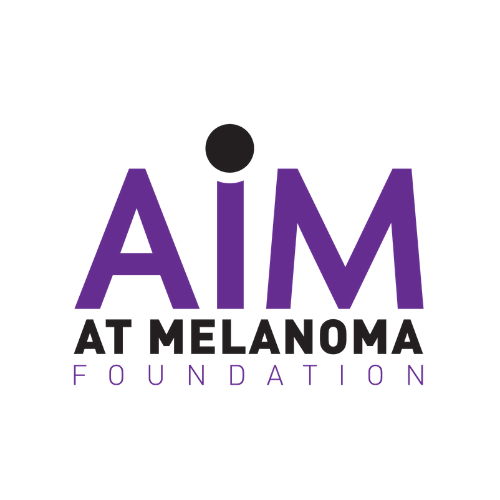- About Us
- Advertise / Support
- Editorial Board
- Contact Us
- CancerNetwork.com
- TargetedOnc.com
- OncLive.com
- OncNursingNews.com
- Terms & Conditions
- Privacy
- Do Not Sell My Information
- Washington My Health My Data
© 2025 MJH Life Sciences™ and CURE - Oncology & Cancer News for Patients & Caregivers. All rights reserved.
Aiming for New Targets: Emerging Therapies in Melanoma

Kristie L. Kahl is vice president of content at MJH Life Sciences, overseeing CURE®, CancerNetwork®, the journal ONCOLOGY, Targeted Oncology, and Urology Times®. She has been with the company since November 2017.
In its Speaking Out video series, on behalf of Aim at Melanoma, CURE ® spoke with Dr. Sunandana Chandra about emerging therapies in melanoma.
in 2021, more than 200,000 new cases of melanoma are expected to be diagnosed, according to Aim at Melanoma. For all stages, the survival rates are estimated at 93% — and hope continues to rise among those with the disease as new therapies are under clinical evaluation.
In particular, treatment options that involve patients’ immune systems in attacking malignant cells continue to be expanded upon.
As part of its Speaking Out video series, CURE ® spoke with Dr. Sunandana Chandra, from the Robert H. Lurie Comprehensive Cancer Center of Northwestern University
in Chicago, on behalf of Aim at Melanoma, about emerging therapies in the treatment of melanoma.
Q: Can you talk about what adoptive T-cell therapy is?
A: Adoptive T-cell therapy is a way of treating a person’s cancer with their own immune cells. It requires collecting and growing or expanding a patient’s own T cells. So the way that that’s accomplished is that a piece of the tumor — or melanoma in this case — is surgically removed and then processed at a separate facility or sometimes at the institution’s own facility. It’s processed at a separate location so that these immune cells in the tumor, known as tumor infiltrating lymphocytes, can be extracted and then expanded or grown. And what’s unique about those immune cells is that they have the ability to recognize that person’s own melanoma. So then the patient undergoes chemotherapy, and those expanded
T cells are then infused back into the patient, along with a few doses of this drug called interleukin 2, or IL-2. So that’s essentially what adoptive T-cell therapy is.
Where are we in evaluating these therapies like TIL?
The therapy is logistically a bit more challenging to administer. But this therapy is quite promising. It is important to note that it’s not yet (Food and Drug Administration [FDA]) approved.
What kind of data are we seeing with these therapies?
We are seeing that this is a very promising therapy for patients who have progressed on immunotherapy and/or a BRAF/ MEK therapy if they have a BRAF mutation. And if a patient is well enough to receive TIL therapy, then it is definitely another option for us, the medical oncologist, to consider for a particular patient. Now, not all patients may be eligible for TIL therapy based on certain clinical characteristics and tumor characteristics, but it’s certainly something that we could at least consider.
What do patients with melanoma have to look forward to in the treatment landscape?
In cutaneous melanoma, there’s a lot of new therapies that are being looked at to try to improve the patient’s survival outcomes. Newer agents that are being studied in addition to TIL therapy are ones that target LAG-3, TIGIT — this class of oral drugs called tyrosine kinase inhibitors. And all of these that I just mentioned can be used in combination, we think, with our existing immunotherapy drugs.
And so that’s being actively studied in clinical trials. And in addition, other options such as immunomodulators, or drugs that tweak or affect the immune system, such as STING agonists, toll-like receptor 9 agonists may also affect the immune system in a positive way that ultimately lead to cancer cell death.
That sounds like a lot to look forward to.
Absolutely, I mean, in general, we are trying to use combination approaches either with our existing FDA-approved drugs or new drugs all together that target different proteins to ultimately try to cause melanoma cell death.
For more news on cancer updates, research and education, don’t forget to subscribe to CURE®’s newsletters here.
 Download Issue : CURE® Summer 2021 Issue
Download Issue : CURE® Summer 2021 IssueRelated Content:




